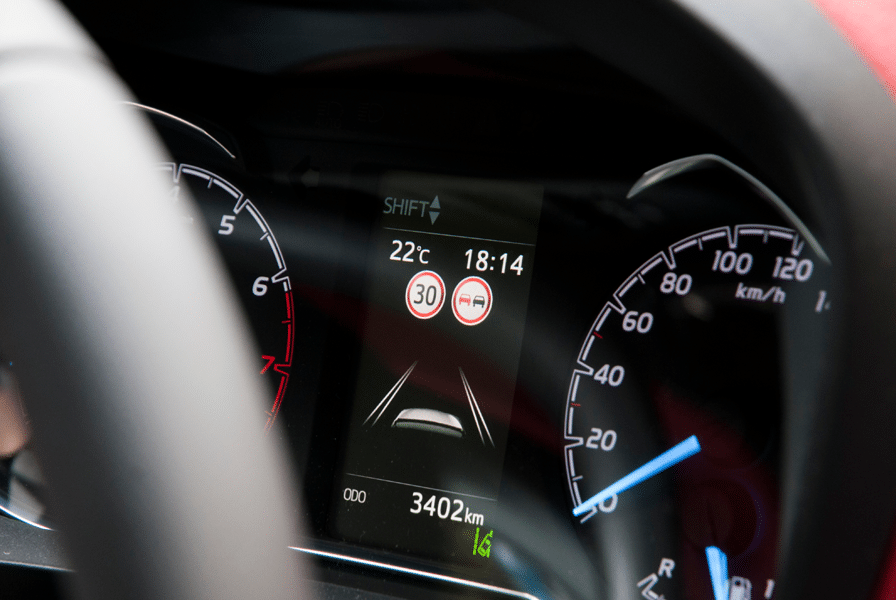
New UK Car Speed Limiter Legislation: What You Need to Know
Starting from today, all new cars sold in the UK will be required to have speed limiters. This regulation, although initiated by the European Union, has been adopted by the UK post-Brexit to enhance road safety by curbing speeding and reducing traffic accidents.
What are Speed Limiters and How Do They Work?
Speed limiters, specifically using Intelligent Speed Assistance (ISA) technology, are designed to prevent vehicles from exceeding legal speed limits. They achieve this by utilizing a combination of GPS data and traffic sign recognition via onboard cameras. When a driver reaches the speed limit, the system can alert the driver through visual or audio signals, increase resistance on the accelerator pedal, or reduce engine power to ensure compliance with speed limits.
Types of Speed Limiters
- Informative/Advisory ISA: Displays warnings to remind the driver of the speed limit.
- Supportive/Warning ISA: Increases resistance on the accelerator pedal when the speed limit is exceeded.
- Intervening/Mandatory ISA: Actively reduces engine power to gradually bring the car back within the speed limit without applying the brakes.
Override and Deactivation
Despite their mandatory implementation, speed limiters can be overridden by pressing hard on the accelerator pedal. However, they will reactivate each time the vehicle is restarted. This feature is intended to balance safety with the necessity for drivers to respond to certain driving conditions where rapid acceleration might be required, such as avoiding hazards.
Impact on Road Safety
The European Transport Safety Council (ETSC) has advocated for these measures, predicting a 30% reduction in collisions and significant decreases in road traffic injuries. By 2038, it is estimated that these safety features could prevent approximately 140,000 serious injuries across Europe.
Concerns and Challenges
While the introduction of speed limiters promises numerous safety benefits, there are concerns about their reliability and potential for misinterpretation of speed limits due to unclear road signage or technical glitches. Additionally, some drivers might find the constant alerts and resistance on the accelerator pedal annoying or distracting. The UK government and related regulatory bodies plan to evaluate the effectiveness of these systems in December 2025 to address any such issues.
Alex James, Managing Director at NE Driving Solutions has welcomed the new law, but has warned against people relying on the technology.
He said: “Introducing mandatory speed limiters is a great move for road safety, but they need to be reliable. If these systems fail, it could cause more problems than it solves, especially if drivers depend on them too much. It’s important for drivers to trust their instincts and knowledge first, with the technology as a backup. Plus, there’s the risk of people overriding these systems or getting them disabled at unauthorized garages, which is a significant concern.
What we really need is for everyone to understand the impact of speeding. If people could see the devastation that accidents cause, like some of the ones that have occurred recently in the North East due to speeding, they’d be more inclined to slow down. Technology can help, but the real change comes from drivers recognizing the dangers of speeding and making safer choices themselves.”
Additional Safety Features
Besides speed limiters, the new regulations also include other compulsory safety technologies such as autonomous emergency braking, lane-keeping assist, and built-in breathalysers that prevent the car from starting if the driver fails the test. These combined measures are part of a broader strategy to significantly enhance road safety and move towards the ambitious goal of zero road deaths by 2050.











